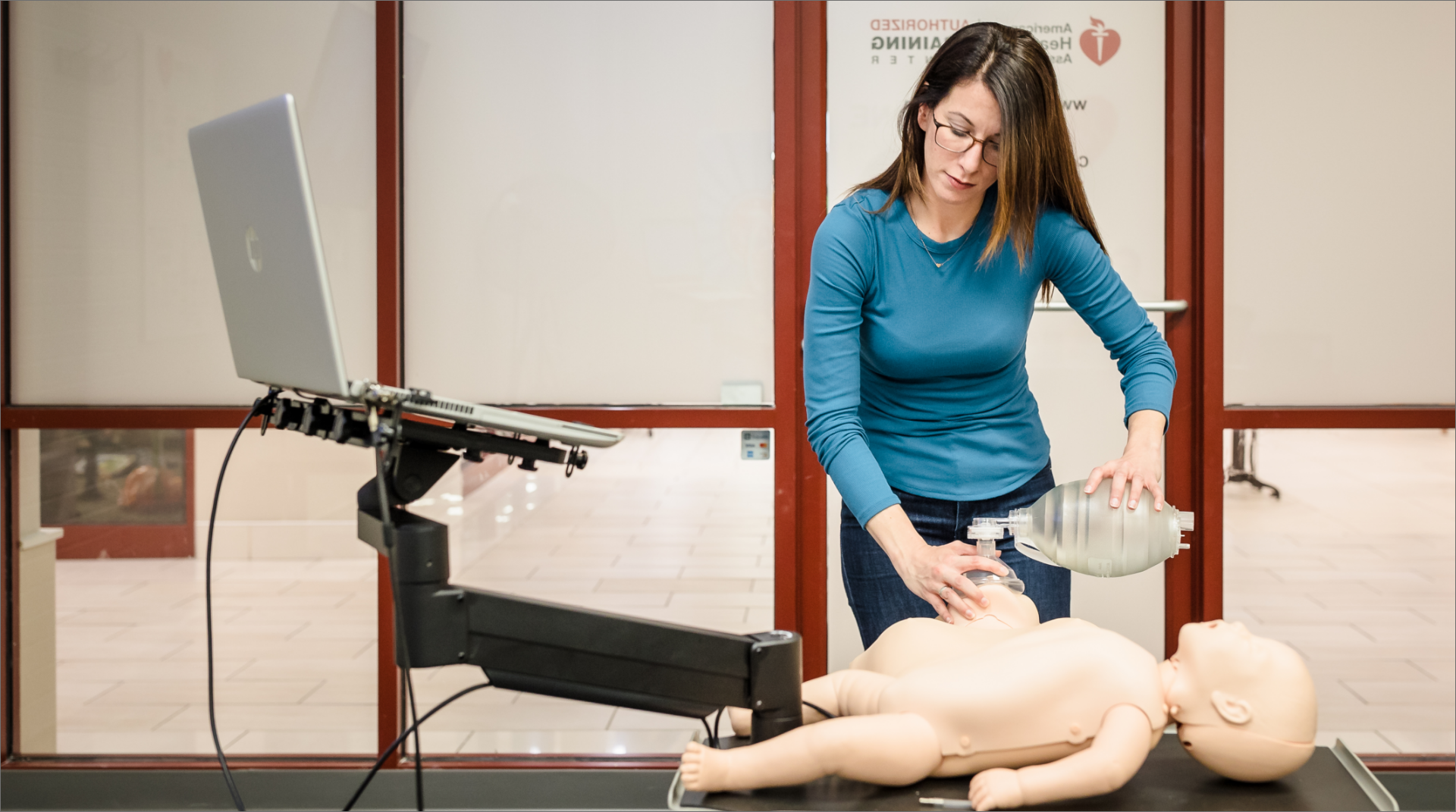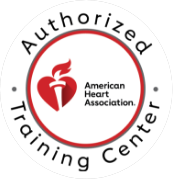

CPR Resource Center
The most comprehensive library of emergency training resources — including videos, articles, downloads, and more.


The most comprehensive library of emergency training resources — including videos, articles, downloads, and more.

Cardiac arrest is the leading cause of death in the US and abroad. It can happen to anyone, at any place, and any time regardless of gender, physical condition, or age. People who experience cardiac arrest have only minutes for a series of very important actions to happen:
These actions serve as individual links in the Cardiac Arrest Chain of Survival. Each link is very important on its own and each has its own challenges which may create obstacles which prevent bystanders from immediately intervening. Failure to take action will almost certainly result in death of the cardiac arrest victim.
This three part series will cover the barriers that may inhibit bystanders from acting immediately during a cardiac arrest and present ways that we can overcome these hurdles.
Part I: Recognition of Cardiac Arrest and Getting Help
Help Me Find a Course